
What is the MTG Arena 'Hell Queue?'
The Hell Queue is a matchmaking system theorized to be a part of MTG Arena's balance mechanisms in certain formats.
2023-07-14 03:58

Redditors are using John Oliver to give away their coins
Reddit has been a particularly strange place in recent weeks. Although puns and memes are
2023-07-17 19:23

Microsoft to offer OpenAI's GPT models to government cloud customers
(Reuters) -Microsoft Corp is bringing the powerful language-producing models from OpenAI to U.S. federal agencies using its Azure cloud service,
2023-06-08 03:15

Macnica provides motor-specific predictive maintenance services in Asian countries : Mpression Smart Motor Sensor in ASEAN
YOKOHAMA, Japan--(BUSINESS WIRE)--Jun 15, 2023--
2023-06-16 11:15

Florida's Black history curriculum teaches children slavery was beneficial for Black people. It's creating outrage
As backlash to Florida's new Black history education standards grows, teachers say they are struggling to navigate what they can and cannot say inside their classrooms, while some parents are turning to alternative methods to educate their children about Black history.
2023-08-17 20:16

When is an eSport not an eSport? Olympic event puzzles gamers
ESports has long been derided as "not a real sport". But now, an Olympic-organised event is being dismissed by competitive...
2023-06-20 10:47
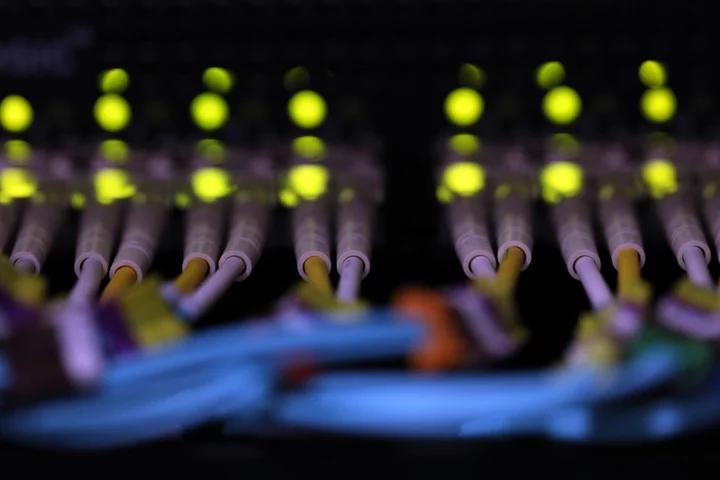
Italy’s Industry Ministry Says Website Down After Cyberattack
The website of Italy’s industry ministry was under attack by hackers on Friday, with users unable to access
2023-05-26 19:22

Fortnite Chapter 5 Live Event Files Possibly Datamined
Datamined Fortnite Chapter 5 live event files revealed a possible in-game event coming at the end of 2023 that could see the current Fortnite map destroyed.
2023-08-29 02:58

Spotify to use Google's AI to tailor recommendations to users
Spotify is to use Google's AI system to tailor recommendations to users - just months after it was announced that an AI translation service was on the way.
2023-11-17 18:25
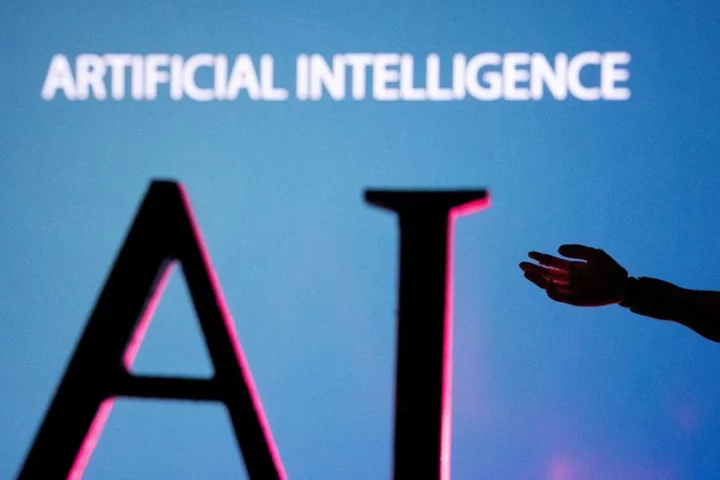
Exclusive-AI being used for hacking and misinfo, top Canadian cyber official says
By Raphael Satter WASHINGTON Hackers and propagandists are wielding artificial intelligence (AI) to create malicious software, draft convincing
2023-07-21 01:58

Did people pay $300 to watch a VTuber concert?
A VTuber's performance at a mini-concert has gone viral on TikTok and turned into its own meme after reportedly charging $300 to punters who saw the gig. According to YouTube, the performance took place at the Cosplay Arts Festival in Thailand on July 1st. This was reportedly part of the Algorhythm Project performance, which is a collective of Virtual YouTubers (Vtubers) who all perform under the same banner. For those not in the know, a vtuber is basically a YouTuber who uses a virtual reality avatar instead of themselves as part of the entertainment on their streams, which often involve singing. The particular vtuber who has gone viral on TikTok in the last few days is called Dacapo who has 230,000 subscribers on YouTube alone. They performed as part of the Algorhythm Project video and while there were numerous other vtubers in the piece has focused in on Dacapo's performance which can be viewed below. 【#ARPxCAF Mini-Concert Replay】Shinunoga E-Wa 「Dacapo」 www.youtube.com The video consists of not much more than Dacapo singing the song 'Shinunoga E-Wa' as the avatar sways back and forth with their long fringe covering the character's eyes. Toward the end of the song, the hair does lift up and viewers do get to see the character's eyes which appears to prompt a huge reaction from the crowd. @edgebum #vtuber #vtubers #vtuberconcert #viral #fyp #funny Numerous TikTok's have since emerged of this performance with many claiming that people at the festival paid $300 to watch the show. @rashawn531 Woke up to this #vtuber #rashawn531 However, this is likely to be $300 in Thai Bhat which roughly exchanges to $8.50 (£6.60) in US money, so in reality they didn't spend too much money. Regardless the vtuber's video has since gone viral and become something of a meme on TikTok where people imitate the song. @jcmyep #foryou #fyp #foryoupage #vtuber#concert#vtuberconcert Dacapo is yet to respond to their new found online fame. Have your say in our news democracy. Click the upvote icon at the top of the page to help raise this article through the indy100 rankings.
2023-07-10 19:50
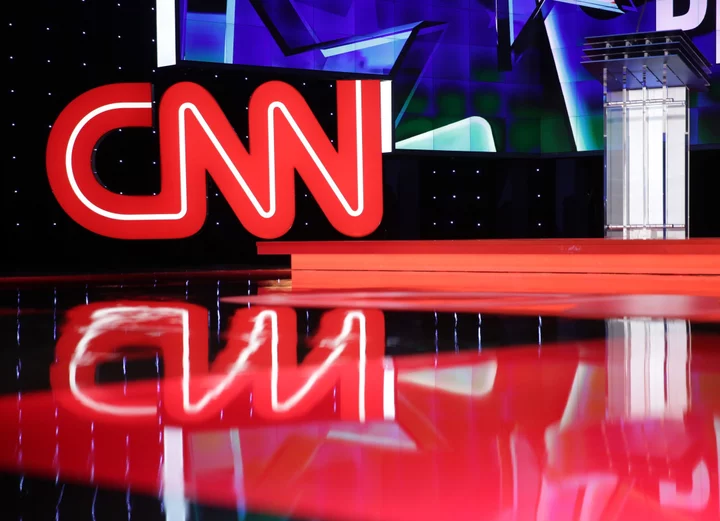
Live News Is Coming to Max: Warner Bros. Discovery to Add CNN on Streaming Service
Warner Bros. Discovery Inc. is planning to add live programming from CNN to the Max streaming service later
2023-06-28 23:57
You Might Like...
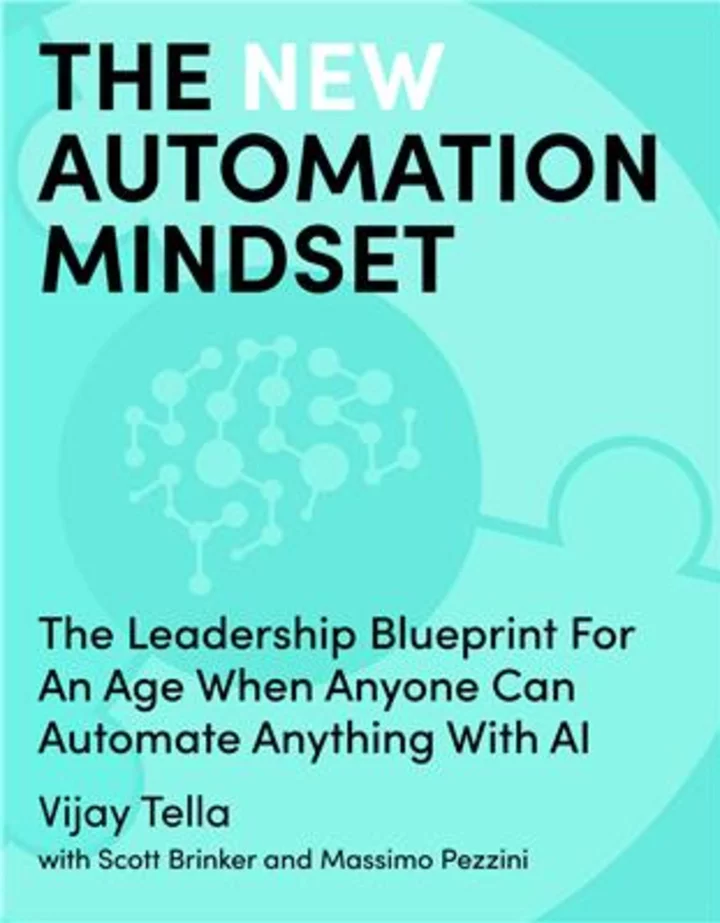
Workato’s CEO Introduces Readers to a New Era in Automation with Upcoming Debut Book

IShowSpeed gets ambushed by Premier League Stars on Fortnite, including Harvey Barnes: 'F**k you'
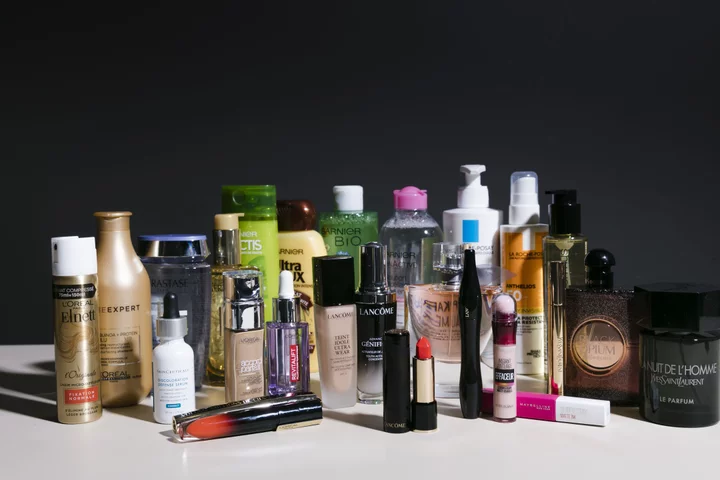
EU Raises Alarm Over Chinese Demands for Cosmetics Trade Secrets
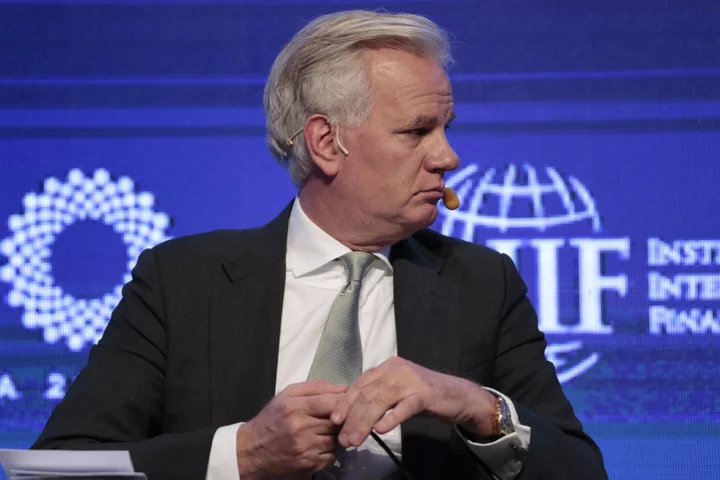
Citi Eyes ‘Complex’ Debt Swaps Once Dominated by Credit Suisse

Need to know about lifesaving CPR? A new study says it's probably wise not to ask Alexa or Siri
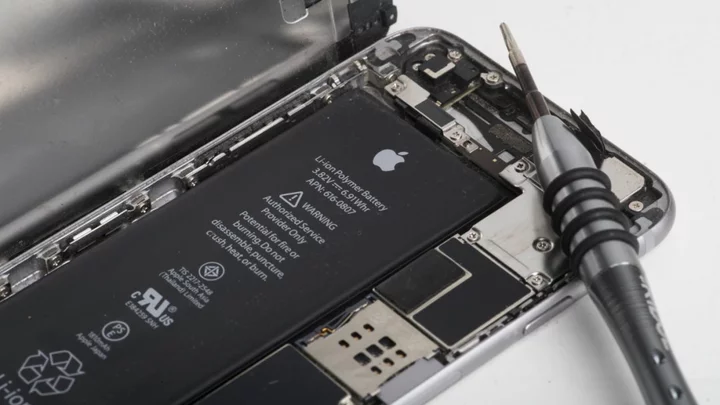
EU: Smartphones Must Have User-Replaceable Batteries by 2027

Former Alibaba chair Daniel Zhang steps down as head of cloud division in surprise move
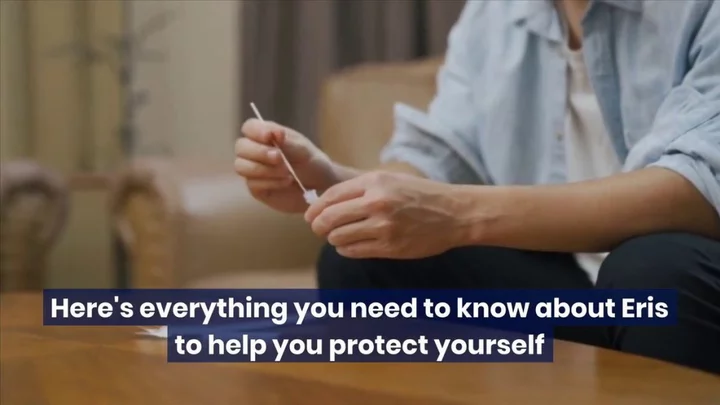
Man's legs turn purple in rare Covid complication
